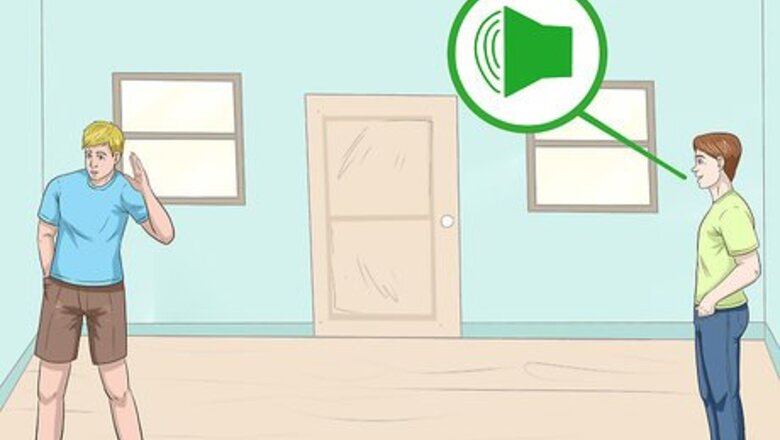
views

Test your volume and sound quality. Ask a friend to stand at the other side of a large room and rate your volume and sound quality. This will give you an idea of how quiet you really are, and how much you have to improve. Setting reasonable goals is a must when learning to acquire a new skill
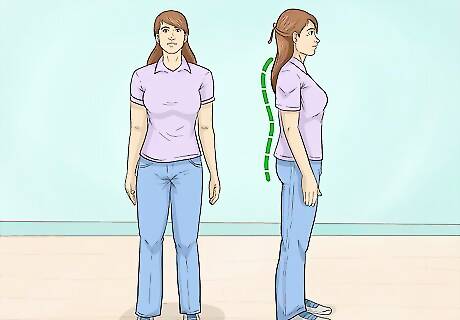
Stand with good posture. Have your chin up, head straight, shoulders relaxed and back straight. When you breathe in, completely fill your lungs will air. Imagine your lungs filling with water from the bottom up. Place your hand on your abdomen to feel the rise and fall of your chest. The key to projection is breathing from the diaphragm.
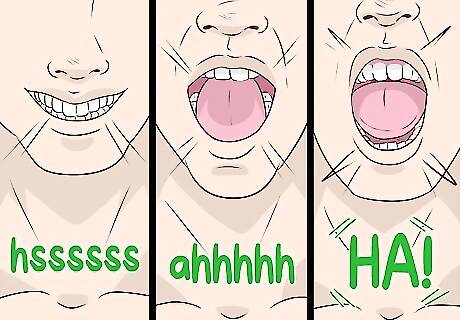
Improve your breathing techniques and diaphragm control with these three exercises: Hissing: Take a deep breath and expel the air by hissing for as long as possible. Imagine the air seeping out of your lungs, like air seeping out of a balloon. Ahhh: Take a deep breath and expel the air by saying “ahhh” for as long as possible. This usually takes less time than the hissing version. Again, imagine the air leaving your lungs and being pushed into the room. HA!: Take a deep breath and expel all of the air with a sudden, forceful, “HA!” sound. Repeat, gradually getting louder and louder.

Learn to articulate. This can be complicated but the main thing to keep in mind is to pronounce each word distinctly and clearly by putting crisp emphasis on constants. Visualize the words you are saying, and focus on how your mouth and lips move.
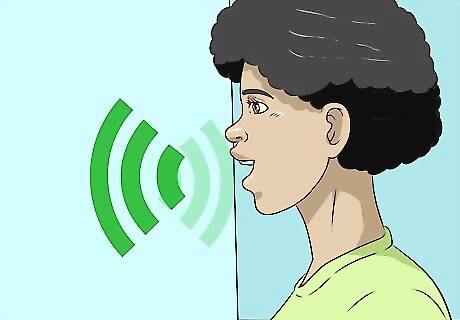
Stand close to a wall and listen as you speak. You should observe a small echo. As you move away from the wall, increase the loudness of your voice by increasing the volume of air you are expelling from your lungs. Check to see if you hear a small echo as you move into larger spaces. Make sure you are speaking from your chest, not your throat.
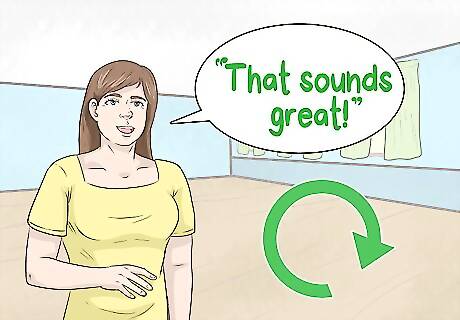
Practice repeating phrases in an appropriately large room. Focus on how big of a breath you need take in. Gauge the amount of air you need to achieve your volume and sound quality goal. It may help to visualize your voice hitting a spot on the wall.




















Comments
0 comment